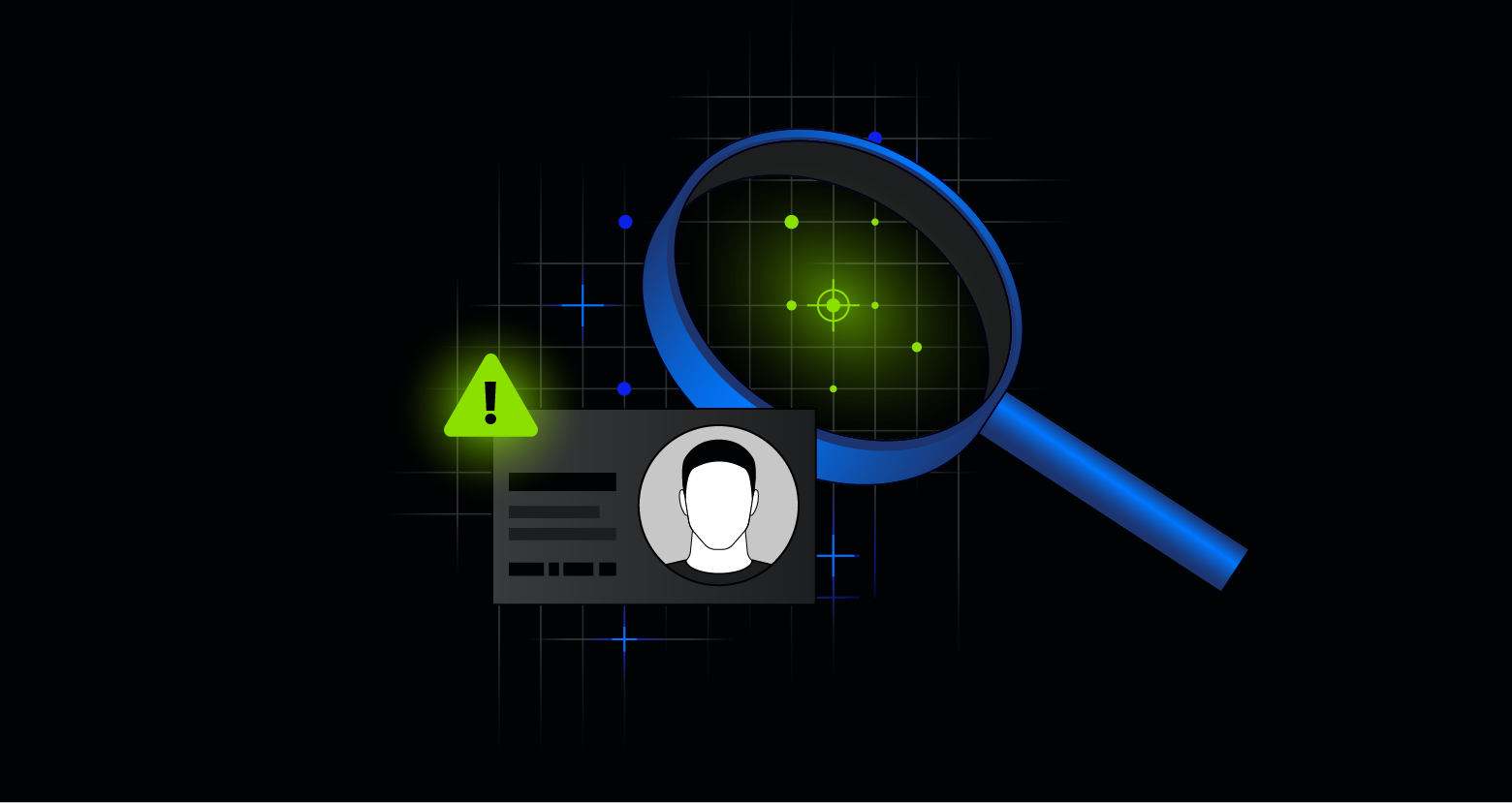If your company’s data is altered or deleted, and you have no way of knowing how, when and by whom, it can have a major impact on data-driven business decisions. This is why data integrity is essential. To understand the importance of data integrity to a company’s bottom line, let us examine what it is, why it’s significant, and how to preserve it.
What is Data Integrity?
Data integrity refers to the reliability and trustworthiness of data throughout its lifecycle. It can describe the state of your data—e.g., valid or invalid—or the process of ensuring and preserving the validity and accuracy of data. Error checking and validation, for example, are common methods for ensuring data integrity as part of a process.
Want more insight into data security trends? Download our in-depth data breach statistics report.
What is the Difference Between Data Integrity and Data Security?
Data integrity is not to be confused with data security. Data security refers to the protection of data, while data integrity refers to the trustworthiness of data.
Data security focuses on how to minimize the risk of leaking intellectual property, business documents, healthcare data, emails, trade secrets, and more. Some data security tactics include permissions management, data classification, identity and access management, threat detection, and security analytics.
Why is it Important to Maintain Data Integrity?
Imagine making an extremely important business decision hinging on data that is entirely, or even partially, inaccurate. Organizations routinely make data-driven business decisions, and data without integrity, those decisions can have a dramatic effect on the company’s bottom line goals.
A new report from KPMG International reveals that a large majority of senior executives don’t have a high level of trust in the way their organization uses data, analytics, or AI.

Only 35% say they have a high level of trust in the way their organization uses data and analytics. 92% are concerned about the negative impact of data and analytics on an organization’s reputation. What’s more, 62% of senior executives said technology functions, not the C-level and functional areas, bear responsibility when a machine or an algorithm goes wrong.
Organizations need to go through the motions of preserving data integrity in order for C-level executives to make proper business decisions.
Data Integrity Threats
Data integrity can be compromised through human error or, worse yet, through malicious acts. Data that’s accidentally altered during the transfer from one device to another, for example, can be compromised, or even destroyed by hackers.
Common threats that can alter the state of data integrity include:
- Human error
- Unintended transfer errors
- Misconfigurations and security errors
- Malware, insider threats, and cyberattacks
- Compromised hardware
So how do you know when your data has integrity? You have to look at the following features:
Retrievability and accessibility – It’s important to have accurate data in the proper locations at the right time when anyone is working on projections, a deal, or presentation. Without proper and easy access and retrieval, it can be detrimental to the business, yielding the way for your competition to win.
Traceability –Today, you can trace every touchpoint you make with a prospect or customer. How? With a data point. The data can inform decision makers, highlight red flags, deficiencies, or limitations. Make sure these touchpoints are accurate.
Reliability – Having reliable, consistent business metrics against company goals and the competition is what will take an organization to the top.
How to Preserve Data Integrity [Checklist]

The data integrity threats listed above also highlight an aspect of data security that can help preserve data integrity. Use the following checklist to preserve data integrity and minimize risk for your organization:
- Validate Input: When your data set is supplied by a known or unknown source (an end-user, another application, a malicious user, or any number of other sources) you should require input validation. That data should be verified and validated to ensure that the input is accurate.
- Validate Data: It’s critical to certify that your data processes haven’t been corrupted. Identify specifications and key attributes that are important to your organization before you validate the data.
- Remove Duplicate Data: Sensitive data from a secure database can easily find a home on a document, spreadsheet, email, or in shared folders where employees without proper access can see it. It’s prudent to clean up stray data and remove duplicates.
Smaller companies without a dedicated staff will find that these tools can assist them clean up duplicate files on a hard drive or cloud.
- Clone Files Checker
- Duplicate Images Finder
- Easy Duplicate Finder
- Duplicate Cleaner
- CCleaner
- DoubleKiller
- WinMerge
For Windows Servers: Use the Data Deduplication feature to clean up cloned files. Also try the File Server Resource Manager to remove stray files.
- Back up Data: In addition to removing duplicates to ensure data security, data backups are a critical part of the process. Backing up is necessary and goes a long way to prevent permanent data loss. How often should you be backing up? As often as possible. Keep in mind that backups are critical when organizations get hit with ransomware attacks. Just make sure that your backups aren’t also encrypted!
- Access Controls: We’ve made the case above for input validation, data validation, removing duplications, and backups – all necessary to preserve data integrity. Let’s not rule a few popular data security best practices that can also lend a hand or two: access controls and an audit trail! Individuals within an organization without proper access and with malicious intent can do grave harm to the data. What’s worse, an outsider impersonating an insider can also be detrimental. Implementing a least privilege model – where only users who need access to data get access – is a very successful form of access control. What’s often overlooked is physical access to the server. The most sensitive servers should be isolated and bolted to the floor or wall. Only individuals who access should have an access key – ensuring that the keys to the kingdom are kept secure.
- Always Keep an Audit Trail: Whenever there is a breach, it’s critical to data integrity to be able to track down the source. Often referred to as an audit trail, this provides an organization the breadcrumbs to accurately pin point the source of the problem.
Typically, an audit trail has the following:
- Audit trails need to be automatically generated
- Users should not have access to or the ability to tamper with the audit trail
- Every event – create, delete, read, modified – is tracked and recorded
- Every event is also aligned to the user, so you know who accessed the data
- Every event is time stamped so that you know when the event took place
Data Integrity Empowers Decision Makers
Not too long ago, it was difficult to collect data. However, today it’s no longer an issue. In fact, we’re able to collect so much data, the responsible thing to do is to preserve data integrity. That way, management can confidently make data-driven decisions that steer their company in the right direction.
Interested in more information on data integrity? Take a listen to our podcast with Ann Cavoukian on GDPR and Access Control or browse through our article on The Difference Between IAM’s User Provisioning and Data Access Management.
What should I do now?
Below are three ways you can continue your journey to reduce data risk at your company:
Schedule a demo with us to see Varonis in action. We'll personalize the session to your org's data security needs and answer any questions.
See a sample of our Data Risk Assessment and learn the risks that could be lingering in your environment. Varonis' DRA is completely free and offers a clear path to automated remediation.
Follow us on LinkedIn, YouTube, and X (Twitter) for bite-sized insights on all things data security, including DSPM, threat detection, AI security, and more.








